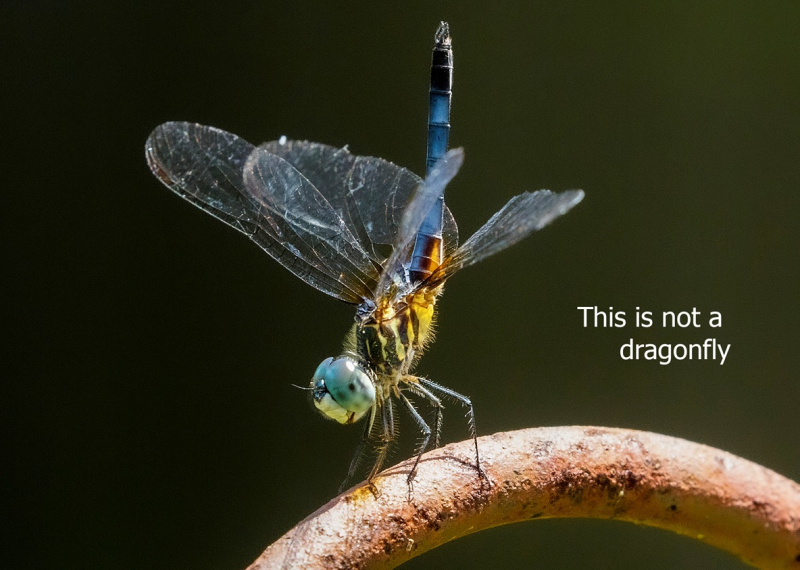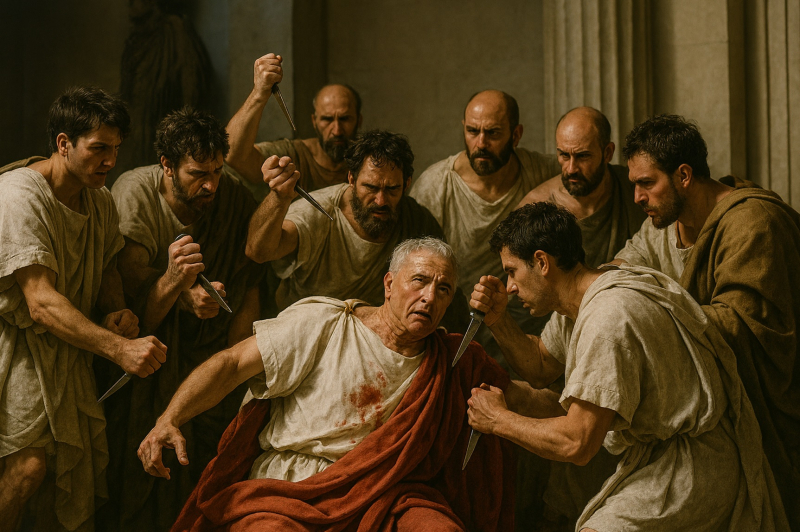What Is a Photo?
Today, Let’s take pictures. The University of Houston presents this series about the machines that make our civilization run, and the people whose ingenuity created them.
______________________
Let me ask: what is a photograph a picture of? Is it of reality? Or does it create a new reality? As I struggle with that, I think of artist Rene Magritte – his painting of a pipe. Below it, he wrote, “This is not a pipe.” Well, of course it wasn’t. It was only a picture of a pipe.

My photo showing what the eye does not really see
So: what is my photograph? A bird? A landscape? A friend? It’s clearly none of the above. It’s a photograph. The pioneer of photography, Alfred Stieglitz, grappled with this problem. He said we should not mess with our pictures – simply present them as they come out of the camera. That way they stay closely linked to reality.
But even there, any of us who’ve, printed film camera pictures, know that we have huge latitude in the process. There’s no one way a picture can emerge from developer liquid without our having imposed our will upon it.
My own purpose when I take a picture is to add to my huge morgue of useable pictures OF things. Yet the camera seldom catches anything as it really is. I shamelessly turn to Photoshop to reclaim some of what I saw, and the camera missed.
But here, of course, is the flaw in my rationale: It is that I’m remembering not what I saw, but what I wished I had seen. So, I turn my eye to the really fine photography of the masters. Ansel Adams, Stiegltiz, Margaret Bourke-White ...
Their photography invariably shows me an unreality. A picture with more wealth of delicate shading, or of color, than my eye ever sees. My pictures are comic book images alongside them. But then, my aim is to be able to quickly pull from my morgue, a good representation of: a dolphin, a cello, a person, a green heron, a vintage airplane ...
Still, I would be arrogant indeed to claim that my photo of – say – a dragonfly is completely honest. I did use Photoshop to clean it up.
And so, we come to the issue behind all this. As of this year 2025, Artificial Intelligence is moving in on us with the speed of gossip. By the time this episode reaches reruns, I wonder if we’ll still have much use for cameras. AI can already manufacture a convincing photo image on demand. We just have to describe what we wish we might see.

AI generated “photo” of the death of Julius Caesar in 2025.
The real issue behind this conversation, is that of identifying reality. Philosophers, down through history, have anticipated what physics now tells us. It is that our sense-based science, as well as art, provides only faint glimpses of ultimate reality. We only fool ourselves when we think we can display things as they really are.
I’m John Lienhard, at the University of Houston, where we’re interested in the way inventive minds work.
(Theme music)
A tongue in cheek critique of photo manipulation.
Photography 101: To Post-Process or Not | Expat Journal: Postcards from the Edge
This video [LJH1] gives a good view of the film printing process from around 9 minutes onward.
For more on Stieglitz, see this Engines episode or the Wikipedia entry on Stieglitz.
I talk about the search for Reality here: Hidden Reality | The Engines of Our Ingenuity. For an in-depth look at this idea, I strongly recommend this link: Atomic physics and reality · CDS Videos · CERN

AI created photo of a Black Skimmer fishing
This episode first aired on September 26, 2025.